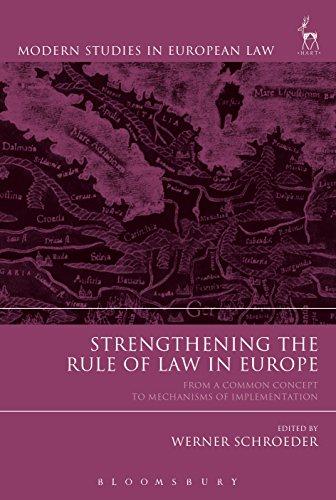Question
1. The Highest Court in New York State is the NY Court of Appeals in Albany NY. T/F________ 2. New York Court of Appeals judges
1. The Highest Court in New York State is the NY Court of Appeals in Albany NY. T/F________
2.New York Court of Appeals judges are appointed for life. T/F______
3.. United States Supreme Court justices are elected by the Senate. T/F______
4. To convince all thirteen original states to ratify the U.S. Constitution, the framers added the Bill of Rights as a protection against too much power for the central government. T/F_______
5. In 1803 the Supreme Court inMarbury v. Madison asserted the judiciary power to declare acts of Congress or of the Executive branch unconstitutional. T/F_______
6. The first clause of the 4th Amendment states that "The right of the people to be secure in their persons, houses, papers, and effects, against___________________________."
7. The second clause of the 4th Amendment states that "...no warrant shall issue, but upon ______________________________________________."
8. Probable Cause is facts and circumstances that would lead a reasonable person of common sense, experience, and intelligence to conclude that a crime was committed and the defendant committed it. T/F___________
9. At a probable cause hearing to decide whether to hold a defendant, witnesses can testify to hearsay evidence. T/F_______________
10. To proceed to trial, the charging document, whether an information or an indictment, must allege facts based on non-hearsay evidence. T/F________
11. At a trial, witnesses can generally testify to hearsay evidence. T/F______
12. The amount of proof required to convict a person of a minor crime is the same as would required to find a person liable in a civil trial for damages for causing a serious injury. T/F_______
13. Under the standards of due process of law, to convict a defendant of a minor crime, the minimum standard of proof would be:
a. Probable cause to indict and prosecute the defendant.
b. A prima facie case
c. Legally sufficient evidence amounting to a preponderance of the evidence
d Proof of each and every element of the crime beyond a reasonable doubt.
Step by Step Solution
There are 3 Steps involved in it
Step: 1

Get Instant Access to Expert-Tailored Solutions
See step-by-step solutions with expert insights and AI powered tools for academic success
Step: 2

Step: 3

Ace Your Homework with AI
Get the answers you need in no time with our AI-driven, step-by-step assistance
Get Started


